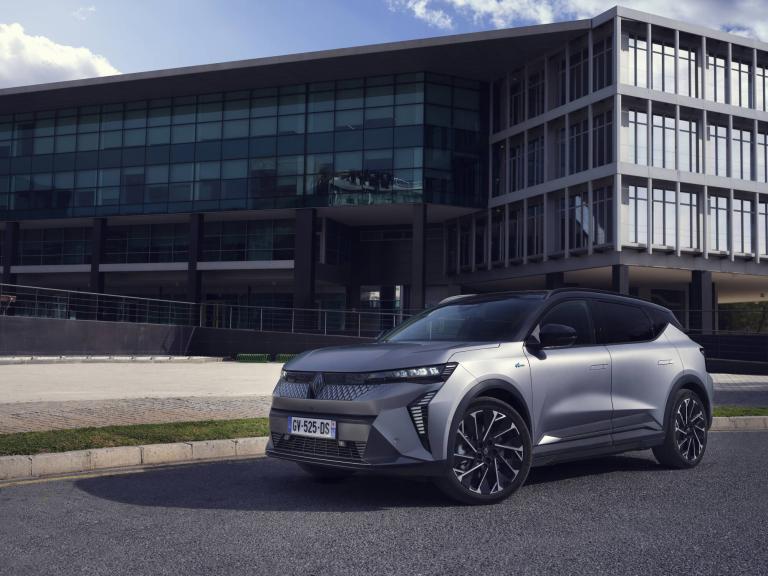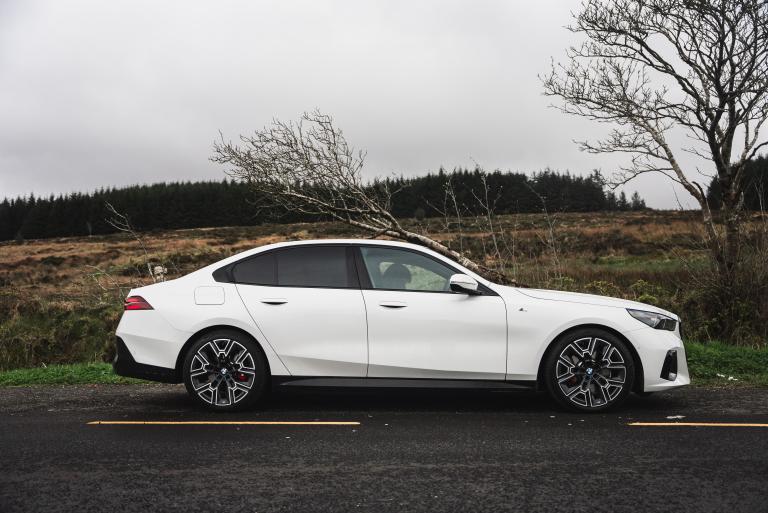Auto advice: what is E10 petrol, can my car run on it and will this new fuel damage my engine?
Overview
What is E10 and is it compatible with my car?
E10 is a biofuel made from 90pc regular unleaded and 10pc ethanol and it will replace E5 as the new standard grade of petrol next month in order to reduce carbon emissions from cars.
Ethanol is manufactured from plants, including sugar beet and wheat, and was introduced across Europe in 2009.
All cars manufactured since 2011 are compatible with E10, however there is no reason to believe that older cars will have any issues.
If, however, your car is more than 20 years old, the added ethanol content may damage the engine, so it is worth checking if it is compatible.
The European Automobile Manufacturers’ Association has an E10 vehicle compatibility checklist that shows which petrol vehicles can safely use E10 unleaded petrol.
Likewise, it also indicates which cars are not cleared for the use of E10 and should therefore continue to use E5 unleaded petrol.
Why is E10 biofuel being introduced?
The Government’s Climate Action Plan 2021 contains a target to raise the blend proportion of biofuels in road transport to at least B20 (biodiesel) in diesel and E10 (ethanol) in petrol as part of the measures to achieve a 51pc reduction in carbon emissions by 2030.
Is there any difference in fuel economy?
Drivers may notice a slight increase (1-2pc) in fuel consumption with the use of E10 petrol, this is due to the lower energy content of bioethanol compared to the fossil fuel equivalent petrol. Other factors such as driving style, driving with under-inflated tyres or a roof rack have a much more significant impact on fuel economy than using E10 petrol.
What if I use E10 but my car is not compatible?
If your car is not compatible with E10 and you mistakenly use it, there is no need to panic. Your car will still run, just ensure you fill it with E5 the next time; if you were to use E10 regularly it could damage your car’s engine.
Top tip: Currently, petrol pumps display the E5 symbol. This label will change to E10 as part of the move to E10 petrol so that you can check the label before you fill up.
Got a question? Email [email protected]
Auto advice: Time to scrap your old car? Here’s everything you need to know
Auto advice: What to do in the event of a vehicle recall and the processes involved


